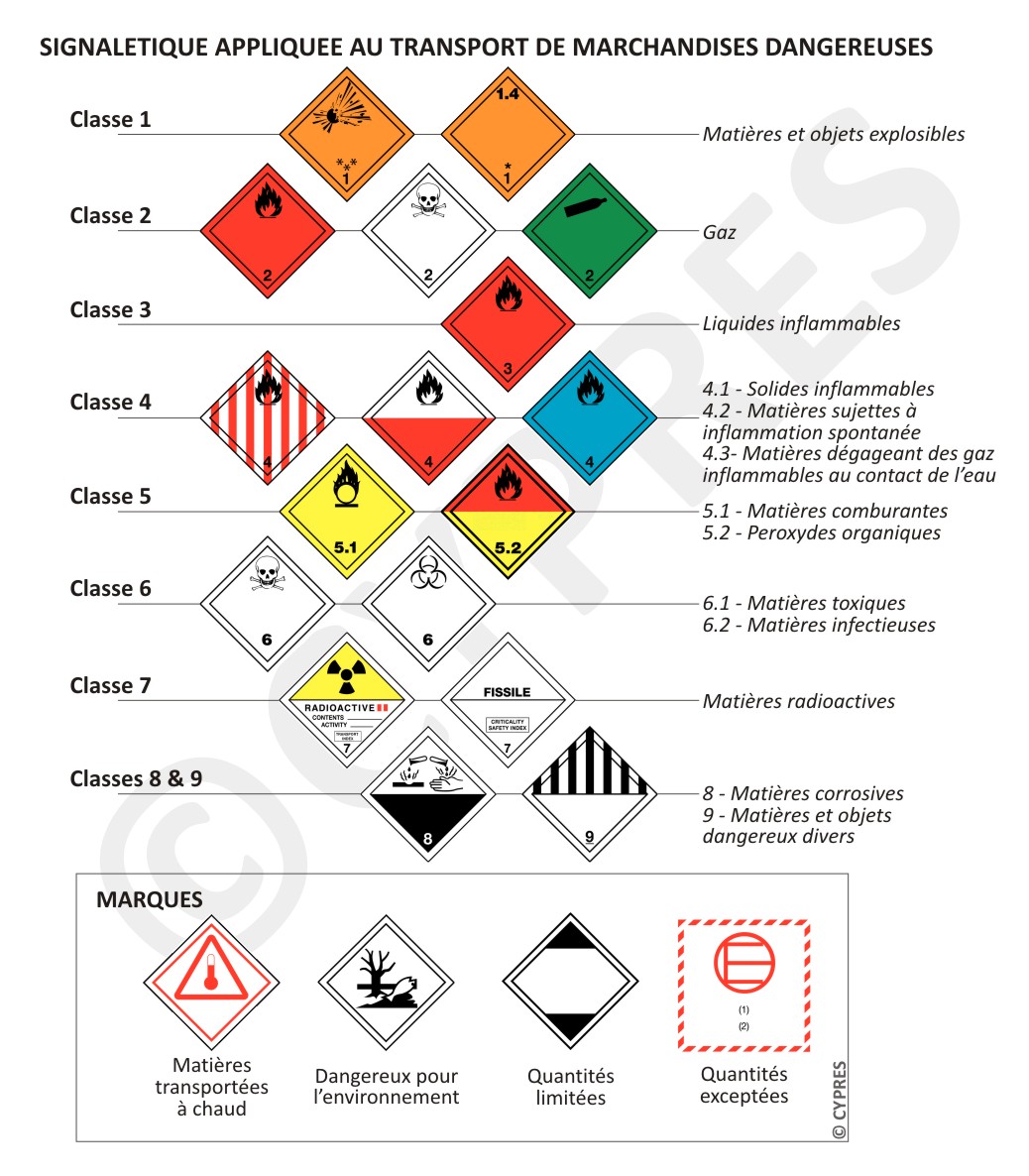Chemicals In Household Plastics: A Potential Risk Factor For Heart Disease Deaths

Table of Contents
Types of Chemicals in Household Plastics and Their Sources
Many common household plastics contain chemicals that raise significant health concerns. Understanding these chemicals and their sources is crucial for mitigating potential risks.
Bisphenol A (BPA) and Phthalates
Bisphenol A (BPA) and phthalates are prevalent endocrine-disrupting chemicals found in numerous plastics. BPA is often used in polycarbonate plastics (often marked with a #7 recycling symbol) and epoxy resins lining food cans. Phthalates are frequently added to plastics to increase flexibility, commonly found in PVC (polyvinyl chloride) plastics and vinyl products.
- Specific plastic types containing BPA and phthalates: Polycarbonate water bottles, food storage containers, reusable water bottles, baby bottles, and certain food can linings.
- These chemicals leach into food and beverages through contact, especially when exposed to heat or acidic substances.
Other Harmful Chemicals
Beyond BPA and phthalates, other harmful chemicals are present in plastics. Polyvinyl chloride (PVC), for example, can release dioxins during manufacturing and incineration. Dioxins are persistent organic pollutants linked to various health problems.
- Examples of products containing PVC: Pipes, flooring, window frames, and some types of food packaging.
- PVC and its associated dioxins are linked not only to cardiovascular issues but also reproductive problems and developmental disorders.
Routes of Exposure
Exposure to these chemicals occurs through various pathways:
- Ingestion: Consuming food or beverages stored in plastic containers that leach chemicals.
- Skin contact: Touching plastic toys, handling plastic items, or using skincare products containing plastic microbeads.
- Inhalation: Breathing in dust or fumes from burning or degrading plastics. For example, burning plastic waste releases harmful airborne chemicals.
The Link Between Plastic Chemicals and Heart Disease
Emerging research points toward a concerning link between exposure to plastic chemicals and an increased risk of heart disease.
Endocrine Disruption and Cardiovascular Health
Many chemicals in plastics act as endocrine disruptors, interfering with the body's hormonal system. This disruption can significantly impact cardiovascular health.
- Impacts on cardiovascular health: Endocrine disruption can affect cholesterol levels, blood pressure regulation, and inflammatory responses, all contributing to heart disease development.
- Scientific studies: Several studies (cite relevant research papers here) have demonstrated correlations between exposure to endocrine disruptors and increased risks of cardiovascular disease, including heart attacks and strokes.
Inflammation and Oxidative Stress
Chemicals in plastics can contribute to chronic inflammation and oxidative stress, both significant risk factors for heart disease.
- Biological processes: These chemicals can trigger inflammatory responses in the body, leading to damage in blood vessels and promoting the development of atherosclerosis. Oxidative stress damages cells and contributes to the progression of heart disease.
- Connection to heart disease: The chronic inflammation and oxidative stress induced by these chemicals create an environment conducive to the development and progression of heart disease.
Epidemiological Studies and Findings
Epidemiological studies have explored the correlation between exposure to plastic chemicals and heart disease.
- Research papers: (Cite relevant research papers demonstrating statistical correlations between exposure to specific plastic chemicals and increased rates of heart disease or mortality). These studies often reveal a higher incidence of heart disease in populations with higher exposure levels.
Reducing Exposure to Chemicals in Household Plastics
While eliminating all exposure to plastic chemicals may be unrealistic, significant steps can be taken to reduce it.
Choosing Safer Plastics
Opting for safer alternatives to conventional plastics is a crucial step.
- Safer plastic alternatives: Look for products labeled as BPA-free, though be aware that “BPA-free” doesn’t guarantee the absence of other potentially harmful chemicals. Glass containers are generally a safer alternative for food storage.
- Checking product labels: Always check product labels for information about the type of plastic used and any potential chemical additives.
Proper Storage and Handling of Plastics
Careful handling minimizes chemical leaching.
- Safe handling practices: Avoid microwaving plastic containers, particularly those made of #3, #6, and #7 plastics. Do not reuse single-use plastics. Discard scratched or damaged containers. Avoid storing acidic foods or liquids in plastic for extended periods.
Advocacy and Policy Changes
Individual and collective action can drive positive change.
- Contributing to change: Contact your elected representatives to advocate for stronger regulations on the production and use of harmful chemicals in plastics. Support organizations working to reduce plastic pollution and promote safer alternatives.
Conclusion
The potential link between chemicals in household plastics, endocrine disruption, and increased risk of heart disease mortality warrants serious consideration. Minimizing exposure is vital for protecting cardiovascular health. Protect your heart by choosing safer plastics, reduce your risk of heart disease by minimizing exposure to chemicals in household plastics, and take control of your cardiovascular health by making conscious choices about plastic use. By adopting these strategies and advocating for policy changes, we can collectively work towards a healthier future. Remember, even small individual actions can make a significant contribution to reducing heart disease risks.

Featured Posts
-
 Une Star De La Nba Et Ses Celebrations Dangereuses La Colere D Une Legende Du Basket
May 01, 2025
Une Star De La Nba Et Ses Celebrations Dangereuses La Colere D Une Legende Du Basket
May 01, 2025 -
 Prince William And Kates Royal Initiative Secures Major New Partnership
May 01, 2025
Prince William And Kates Royal Initiative Secures Major New Partnership
May 01, 2025 -
 Michael Sheen And Channel 4 Face Accusations Of Misappropriating Million Pound Funds
May 01, 2025
Michael Sheen And Channel 4 Face Accusations Of Misappropriating Million Pound Funds
May 01, 2025 -
 Submit Your Storm Debris Pickup Request Louisvilles Response To Recent Storms
May 01, 2025
Submit Your Storm Debris Pickup Request Louisvilles Response To Recent Storms
May 01, 2025 -
 Is Ripple Xrp The Next Big Cryptocurrency Millionaire Maker
May 01, 2025
Is Ripple Xrp The Next Big Cryptocurrency Millionaire Maker
May 01, 2025
